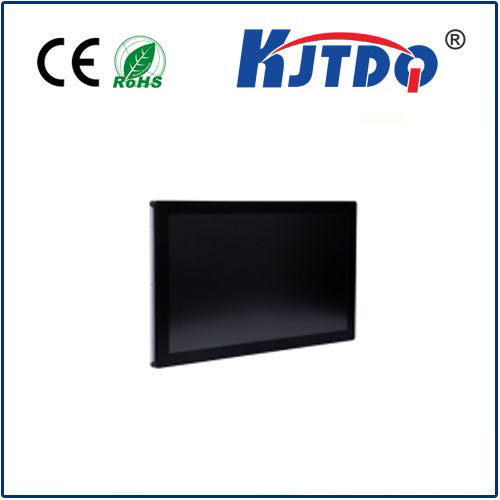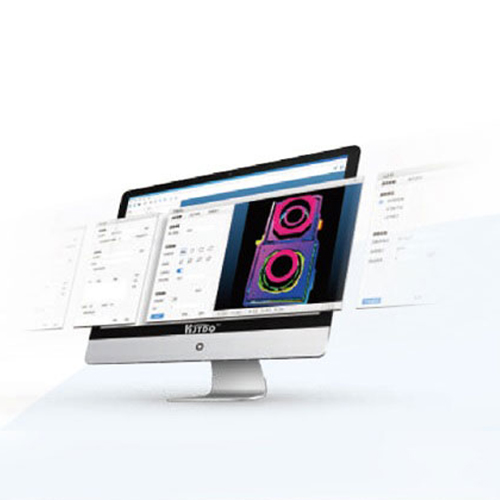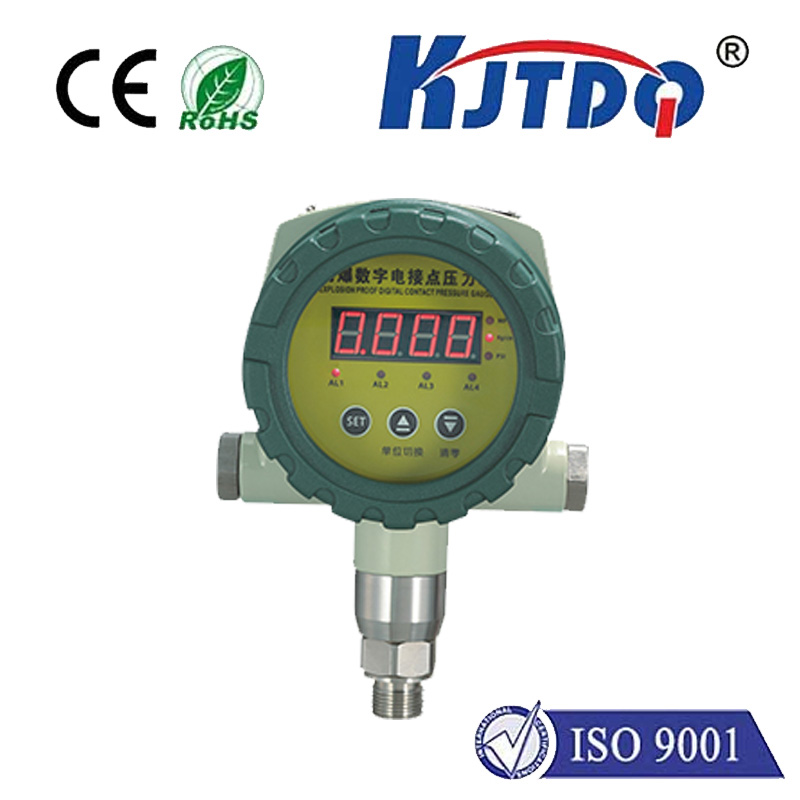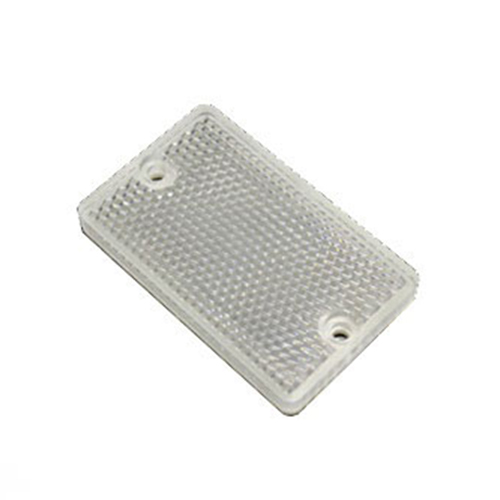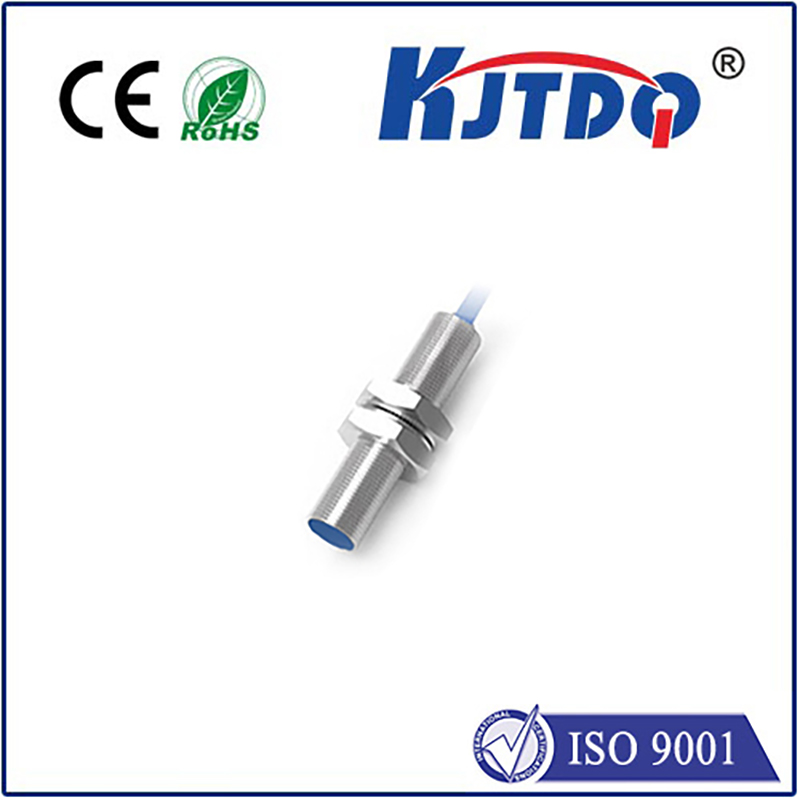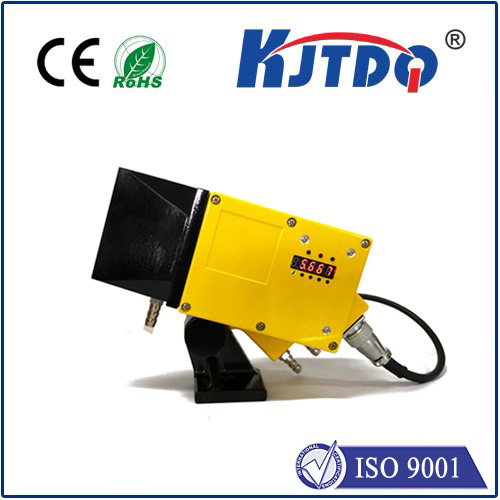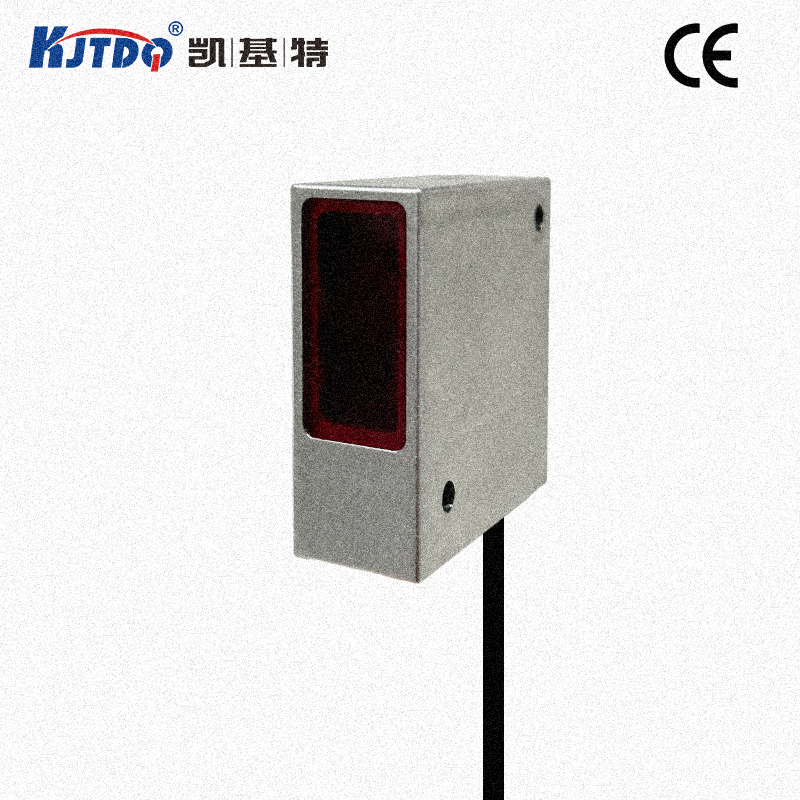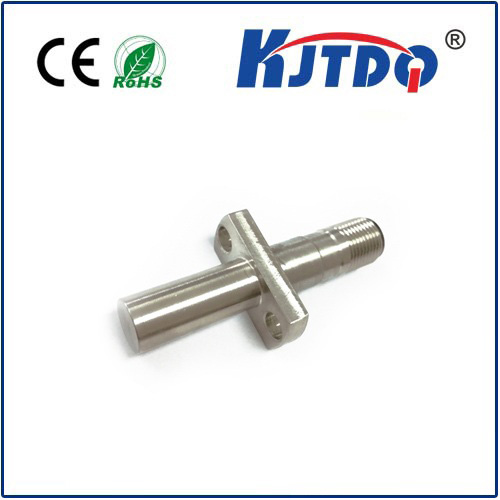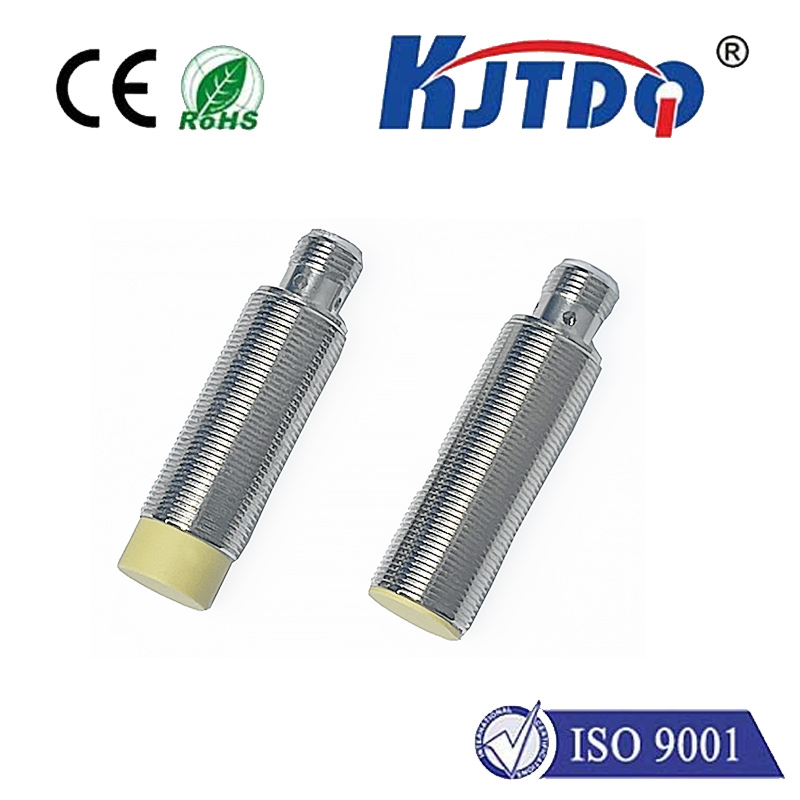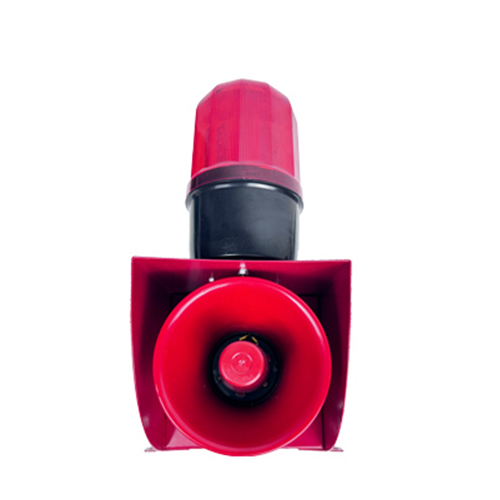Unlocking Precision Distance Measurement: A Guide to Using TOF10120 with Arduino In the rapidly evolving world of DIY electronics and robotics, Arduino remains a cornerstone for hobbyists and engineers alike. Whether you’re building a smart robot, an automated system, or an interactive art installation, integrating sensors is often the key to unlocking functionality. Among these sensors, the TOF10120 Time-of-Flight (ToF) sensor has emerged as a game-changer for precise distance measurement. But how do you harness its power with Arduino? This guide dives into the essentials of pairing the TOF10120 with Arduino, offering actionable insights for seamless integration.
The TOF10120 leverages Time-of-Flight technology, a method that calculates distance by measuring the time it takes for light to reflect off an object and return to the sensor. Unlike traditional infrared (IR) sensors or ultrasonic modules, ToF sensors like the TOF10120 deliver sub-millimeter accuracy and operate effectively in varying lighting conditions. With a range of up to 2 meters and a compact design, it’s ideal for applications requiring high precision—think obstacle avoidance in drones, gesture recognition systems, or even industrial automation.

Before diving into code, let’s tackle the hardware. The TOF10120 communicates via I2C protocol, making it compatible with most Arduino boards (Uno, Nano, Mega, etc.). Here’s a quick setup guide:
Arduino’s extensive library ecosystem simplifies sensor integration. For the TOF10120, libraries like Wire.h (for I2C) and custom ToF libraries streamline the process. Below is a basic example to retrieve distance data:
# Включая
#define TOF_ADDRESS 0x52 // Default I2C address
void setup() {
Serial.begin(9600);
Wire.begin();
}
void loop() {
Wire.beginTransmission(TOF_ADDRESS);
Wire.write(0x01); // Command to trigger measurement
Wire.endTransmission();
delay(100); // Allow time for measurement
Wire.requestFrom(TOF_ADDRESS, 2);
if (Wire.available() >= 2) {
int distance = (Wire.read() This code initializes I2C communication, triggers a measurement, and reads the result. For advanced users, tweaking parameters like measurement frequency or integrating error-checking routines can enhance reliability.
Even with a straightforward setup, challenges can arise:
By merging the TOF10120’s cutting-edge capabilities with Arduino’s versatility, you’re equipped to tackle projects that demand millimeter-level accuracy. Whether you’re a hobbyist prototyping your first robot or an engineer refining an industrial system, this sensor opens doors to innovation—no PhD in optics required.
